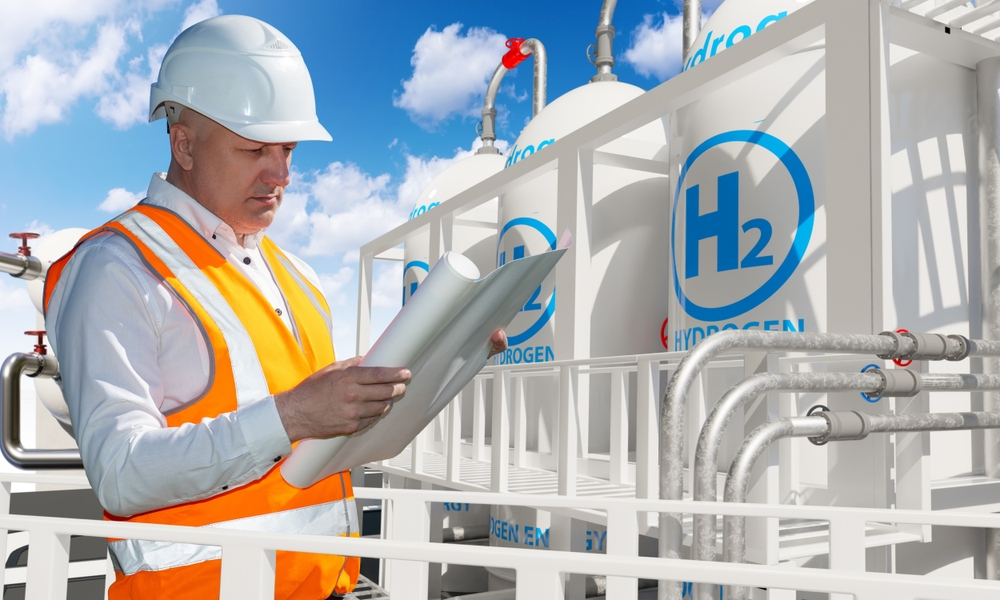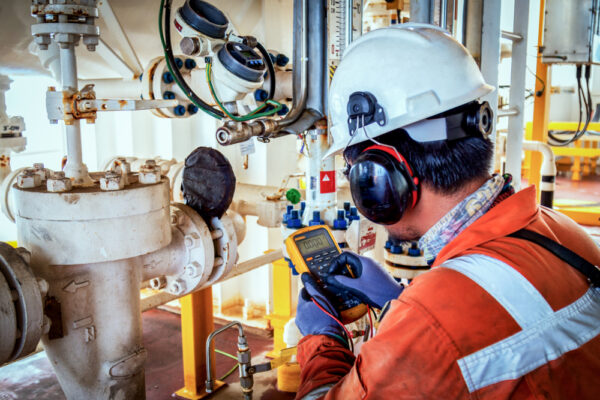The Greatest Guide To Roar Solutions
The Greatest Guide To Roar Solutions
Blog Article
Rumored Buzz on Roar Solutions
Table of ContentsRoar Solutions Things To Know Before You BuyMore About Roar SolutionsSome Known Details About Roar Solutions
In order to shield setups from a prospective surge a technique of analysing and categorizing a potentially unsafe area is required. The objective of this is to guarantee the proper selection and setup of tools to inevitably avoid a surge and to make sure security of life.
(https://www.figma.com/design/4A7baTVvle9Yit65rIBitI/Untitled?node-id=0-1&t=PKjLsk7ODuPV6hjT-1)
No equipment ought to be installed where the surface area temperature of the devices is higher than the ignition temperature of the offered risk. Below are some common dirt dangerous and their minimal ignition temperature level. Coal Dust 380C 225C Polythene 420C (thaws) Methyl Cellulose 420C 320C Starch 460C 435C Flour 490C 340C Sugar 490C 460C Grain Dirt 510C 300C Phenolic Resin 530C > 450C Aluminium 590C > 450C PVC 700C > 450C Soot 810C 570C The possibility of the hazard being present in a concentration high adequate to trigger an ignition will certainly differ from place to place.
Hazardous location electric equipment perhaps made for usage in higher ambient temperature levels. Field Repair Service By Authorised Personnel: Complex screening may not be required however certain treatments may need to be complied with in order for the equipment to keep its third event ranking. Each item of tools with a hazardous ranking should be assessed independently.
Roar Solutions Fundamentals Explained
The tools register is an extensive data source of devices documents that consists of a minimum set of areas to recognize each thing's location, technological parameters, Ex-spouse classification, age, and ecological data. This details is vital for tracking and taking care of the devices efficiently within hazardous locations. In comparison, for regular or RBI sampling assessments, the quality will be a mix of Comprehensive and Close examinations. The ratio of Thorough to Close examinations will certainly be figured out by the Tools Risk, which is analyzed based on ignition risk (the likelihood of a source of ignition versus the likelihood of a combustible atmosphere )and the unsafe area classification
( Zone 0, 1, or 2). This variation will additionally influence the resourcing needs for work preparation. When Whole lots are defined, you can establish tasting strategies based on the example dimension of each Whole lot, which describes the number of random equipment things to be examined. To figure out the called for example dimension, 2 facets need to be examined: the dimension of the Great deal and the group of inspection, which shows the degree of initiative that ought to be applied( decreased, typical, or enhanced )to the inspection of the Great deal. By integrating the category of examination with the Lot dimension, you can after that establish the suitable rejection criteria for an example, indicating the permitted number of faulty items found within that example. For even more details on this procedure, please describe the Energy Institute Guidelines. The IEC 60079 conventional suggests that the optimum interval between evaluations must not surpass three years. EEHA inspections will certainly additionally be carried out outside of RBI campaigns as component of scheduled maintenance and tools overhauls or repair services. These assessments can be credited toward the RBI example sizes within the influenced Whole lots. EEHA examinations are carried out to determine faults in electric tools. A heavy scoring system is crucial, as a solitary tool might have numerous faults, each with varying degrees of ignition risk. If the combined score of both inspections is less than two times the fault rating, the Great deal is deemed appropriate. If the Lot is still thought about inappropriate, it has to go through a complete evaluation or validation, which may set off more stringent evaluation methods. Accepted Lot: The root causes of any faults are determined. If a common failure setting is discovered, added equipment might call for evaluation and fixing. Faults are classified by extent( Safety, Stability, Home cleaning ), guaranteeing that immediate concerns are analyzed and dealt with without delay to mitigate any kind of effect on security or operations. The EEHA data source should track and videotape the lifecycle of faults along with the rehabilitative actions taken. Applying a durable Risk-Based Examination( RBI )approach is important for guaranteeing conformity and security in taking care of Electric Tools in Hazardous Areas( EEHA) (eeha courses). Automated Fault Scoring and Lifecycle Administration: Easily manage mistakes and track their lifecycle to boost examination precision. The intro of this assistance for risk-based examination further strengthens Inspectivity's position as a best-in-class service for regulative compliance, as well as for any type of asset-centric evaluation use case. If you want finding out more, we welcome you to request a demo and discover how our service can transform your EEHA monitoring procedures.
The smart Trick of Roar Solutions That Nobody is Talking About

In regards to explosive threat, a harmful area is an atmosphere in which an explosive ambience is existing (or might be expected to be existing) in quantities that call for special preventative measures for the construction, setup and use tools. eeha certificate. In this post we check out the obstacles dealt with in the office, the risk control actions, and the required expertises to work securely
It issues of modern-day life that we make, store or take care of a series of gases or fluids that are regarded flammable, and an array of dusts that are regarded combustible. These compounds can, in certain problems, create explosive ambiences and these can have major and tragic repercussions. The majority of us know with the fire triangular get rid of any type of one of the three elements and the fire can not happen, but what does this mean in the context of harmful locations? When breaking this down right into its most basic terms it is basically: a combination of a certain quantity of launch or leak of a specific compound or product, combining with ambient oxygen, and the presence of a resource of ignition.
In many circumstances, find out we can do little concerning the degrees of oxygen airborne, yet we can have significant influence on sources of ignition, for instance electrical devices. Unsafe locations are recorded on the dangerous location category drawing and are identified on-site by the triangular "EX LOVER" indicator. Below, amongst various other crucial information, zones are divided into 3 types depending upon the risk, the probability and duration that an eruptive environment will exist; Zone 0 or 20 is regarded one of the most unsafe and Area 2 or 22 is deemed the least.
Report this page